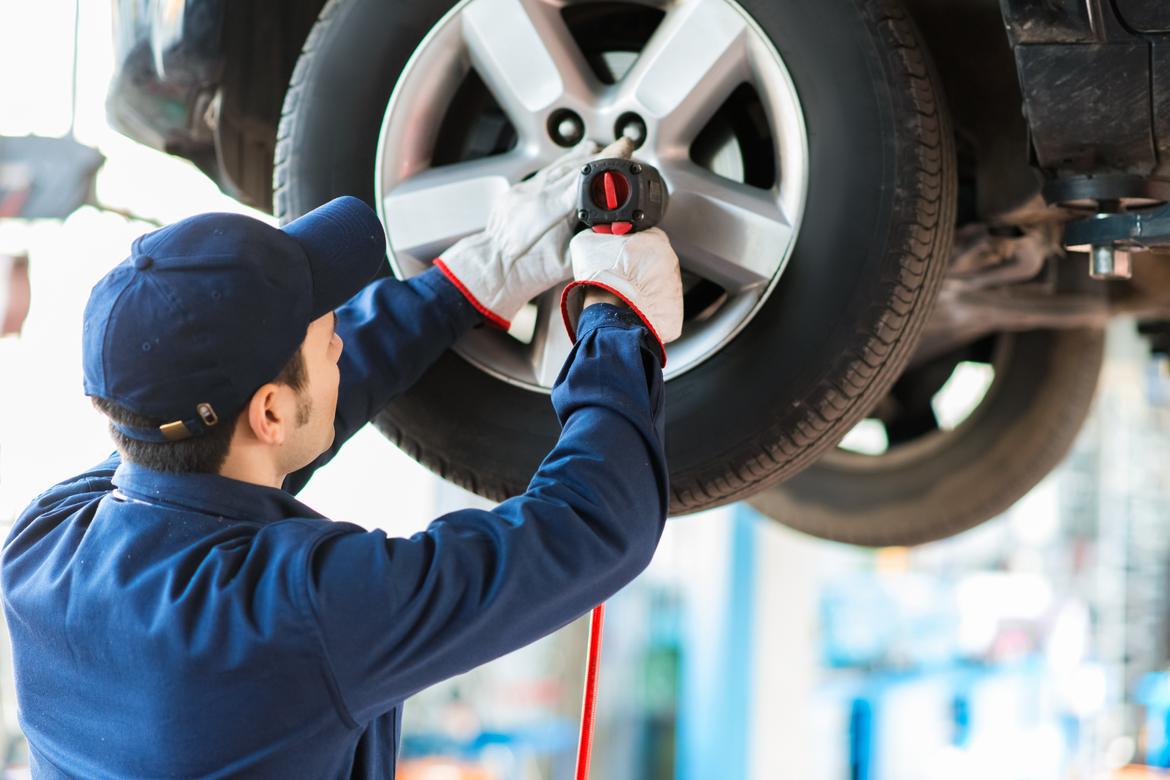
Smooth driving is a balancing act that requires getting the wheels and tires to rotate at high speeds without vibrations. That's not a slam dunk; a dirty little secret about wheels and tires is that they usually aren't perfectly round, even when brand new. What's more, their weight often isn't evenly distributed, so they're heavier in some spots than others.
Either issue can cause annoying vibrations. Out-of-balance tires can also cause rapid tire or suspension wear, so it's not just about ride comfort.
That is why when new tires are mounted on wheels they're spin-balanced to detect vibrations. Some vibrations can be eliminated by rotating the tire on the wheel so the heavy or "high" spot is in a different location that better matches up with the wheel. Small weights are attached to the wheels with adhesives or clips to counteract the heavy spots and provide a smooth ride. Over time, though, the weights can fall off. If that happens to a front wheel, you may feel vibrations through the steering wheel that typically become more pronounced as vehicle speed increases.
Either issue can cause annoying vibrations. Out-of-balance tires can also cause rapid tire or suspension wear, so it's not just about ride comfort.
That is why when new tires are mounted on wheels they're spin-balanced to detect vibrations. Some vibrations can be eliminated by rotating the tire on the wheel so the heavy or "high" spot is in a different location that better matches up with the wheel. Small weights are attached to the wheels with adhesives or clips to counteract the heavy spots and provide a smooth ride. Over time, though, the weights can fall off. If that happens to a front wheel, you may feel vibrations through the steering wheel that typically become more pronounced as vehicle speed increases.